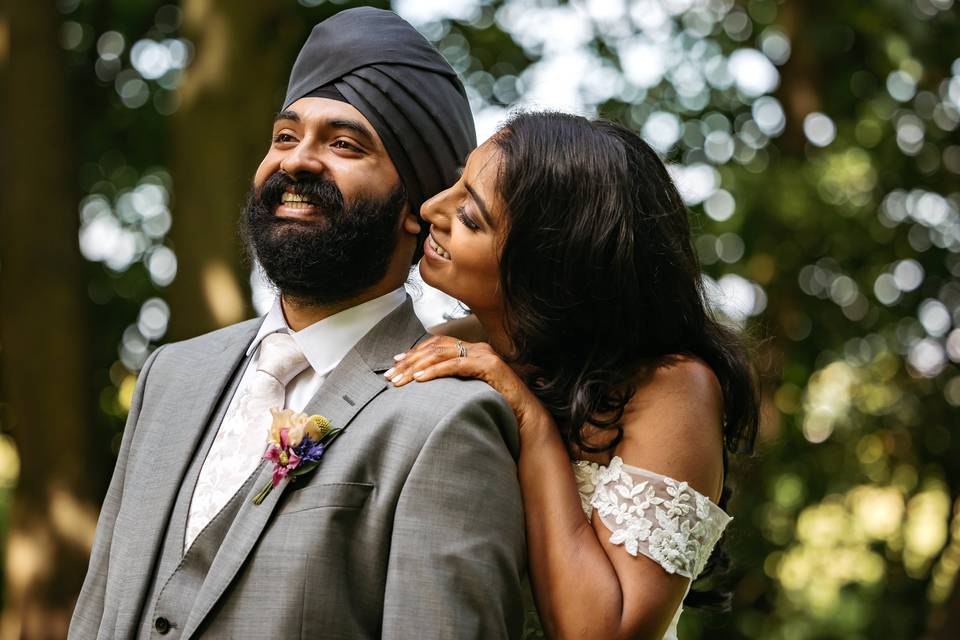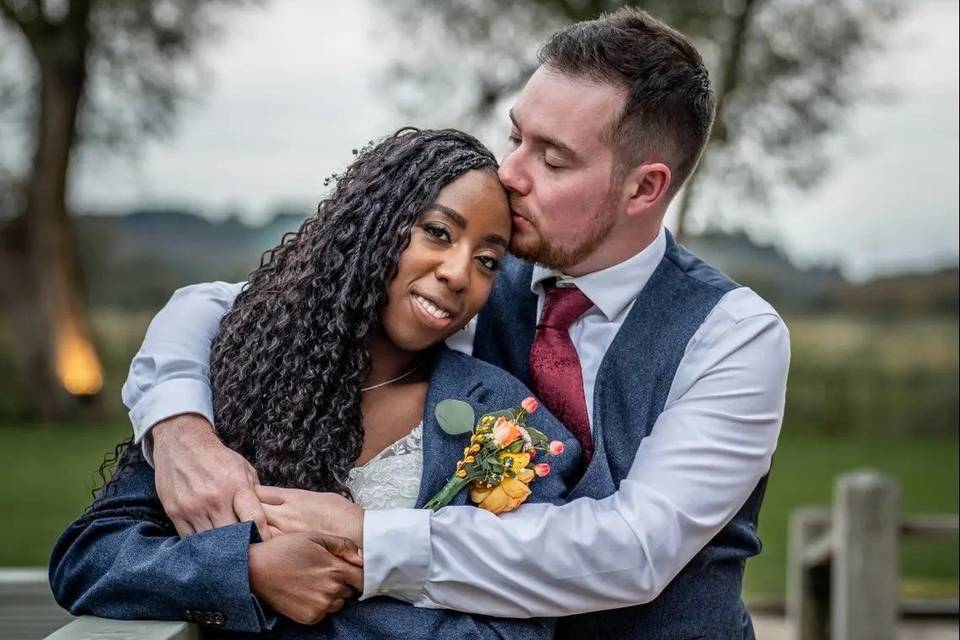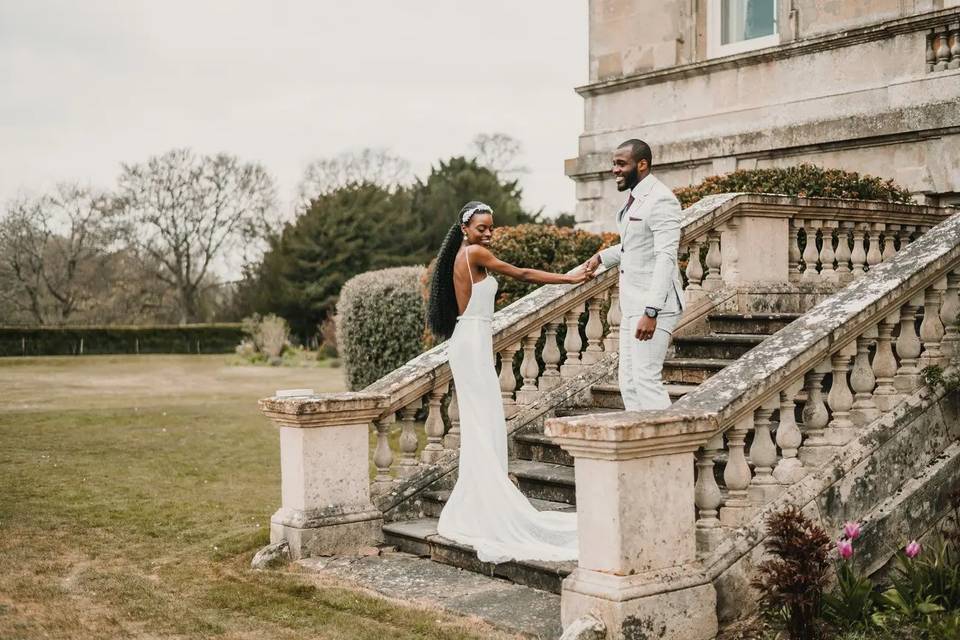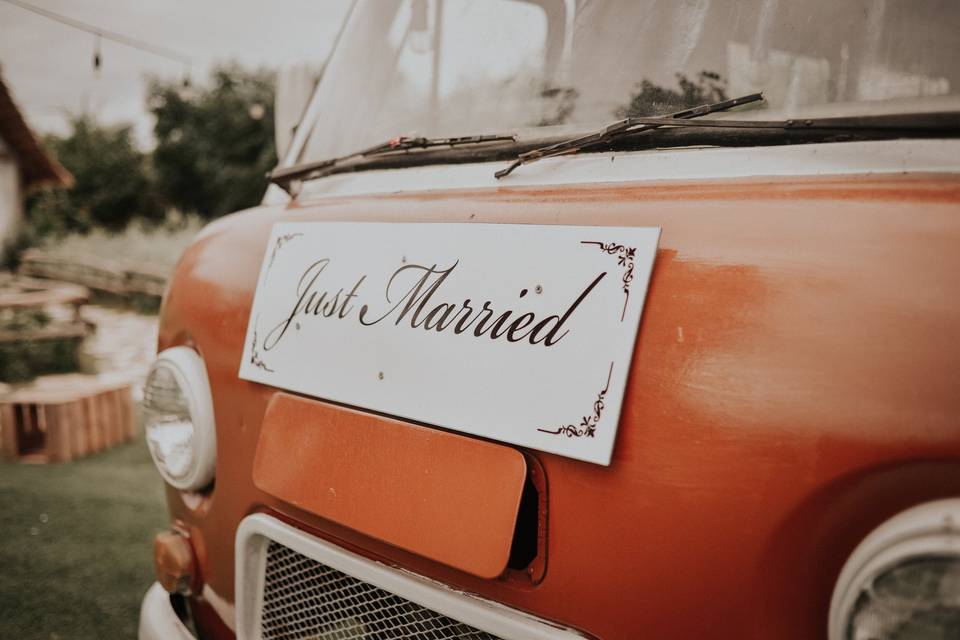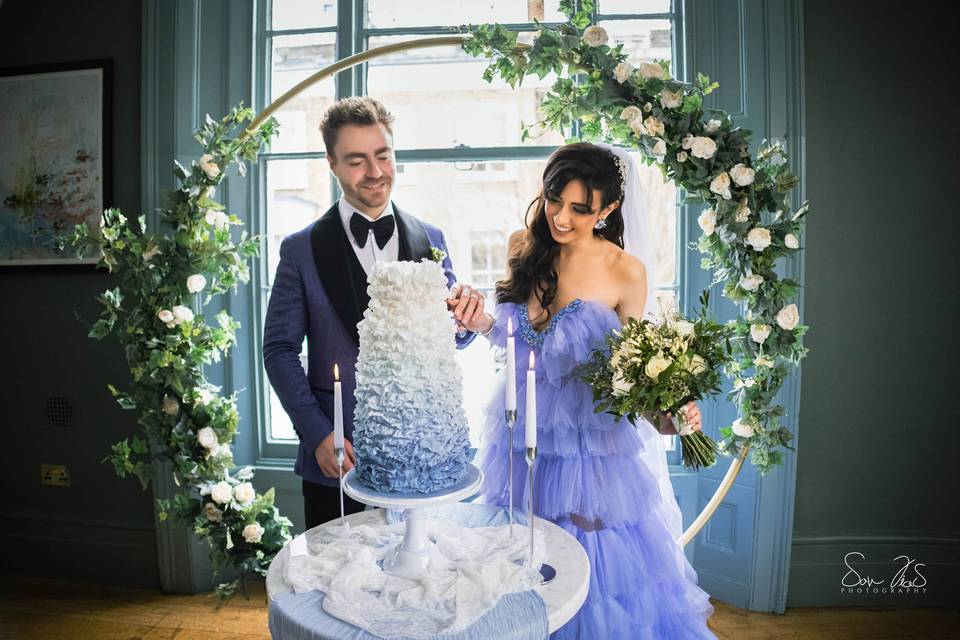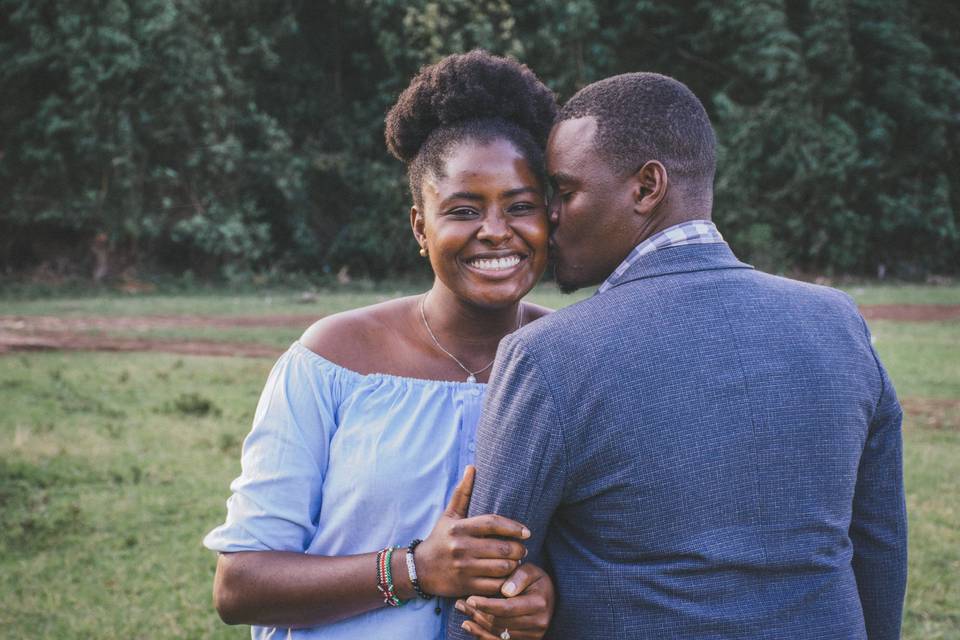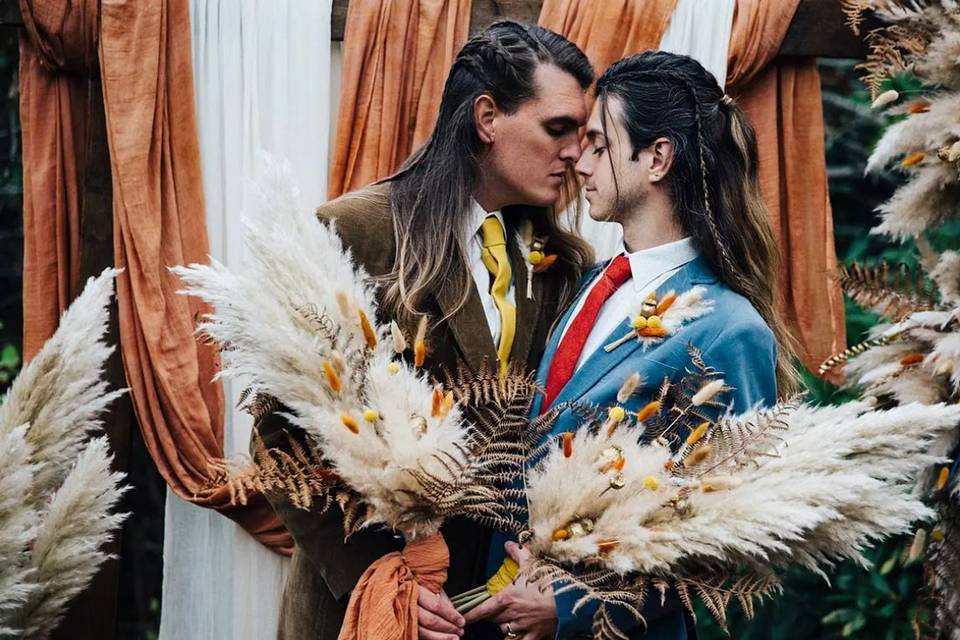5 Weddings That Changed the History of Marriage in the UK
Interracial weddings have taken place in the UK since the 15th century yet, even in the current Royal Family, these weddings can make front page news. We explore five interracial marriages that have made a mark on the history of the UK

You might have heard of Mildred and Richard Loving, two newlyweds from Virginia who were criminally charged in 1958 under a law banning interracial in the US state. In the 1950s, 24 states across America had strict laws prohibiting marriage between people of different races.
The outcry from their marriage - which forced them to flee their home state - was the start of an extensive legal battle that went all the way to the Supreme Court, where these anti-miscegenation laws were ruled unconstitutional in 1967. It was a landmark victory in the history of interracial marriage, and yet the last law banning it was only officially repealed in Alabama in 2000.
Unlike America, Britain has never had any laws making it a crime for two people of different races to marry, but that hasn't stopped interracial couples through British history facing discrimination and isolation. Thankfully, there has also been a history of couples who have stood up to their detractors and altered our understanding of, and conversations about, race.
Below, we discover five weddings that have been turning points in interracial marriage in the UK, from the Regency period right up to today's Royal Family.
Colonel Edward Despard and Catherine

You may have heard of Colonel Edward 'Ned' Despard and his wife Catherine from the hit BBC show Poldark (above), but their real life story was even more interesting than what you saw on screen.
In 1785, Edward, an Irish officer in the British Navy and fervent abolitionist, was reported to have married a woman known only as Catherine in records. Little is known of her early years, but it's believed she was the daughter of a free woman of colour in Kingston, Jamaica, and a slave before being freed herself. It was in Jamaica that she met and married Edward and then travelled with him on his postings around the West Indies.
Edward was called back to London in 1790 after complaints among settlers in Honduras that he was he freeing their slaves and causing their businesses to fail, betraying the Crown by depriving them of the profits of the slave trade and therefore acting as an enemy of the Crown.
The couple returned to England with their mixed-race son, James, in a time when interracial marriages were scarce but seem to have been quickly accepted. While we know Edward's family never accepted the marriage and referred to Catherine as his "black housekeeper", their marriage was not an issue within the army and never questioned by authorities on their return to England.
Edward was arrested for treason not long after their return and in 1802 was put on trial as part of an attempt to assassinate the king and hanged. Interestingly, when Catherine went before the courts to intercede for her husband, she was discredited on the grounds she was of "the fair sex" and not her skin colour, which reveals attitudes were changing in late 18th century Britain.
Historians consider Catherine the first black woman to have married a British gentleman, calling the union "unprecedented". It was a pivotal moment in the history of marriage in the UK and in our understanding of race relations at the time.
Their son James followed his father into the military, first as an officer and then as captain of the London Militia in 1814.
Ruth Williams and Sir Seretse Khama
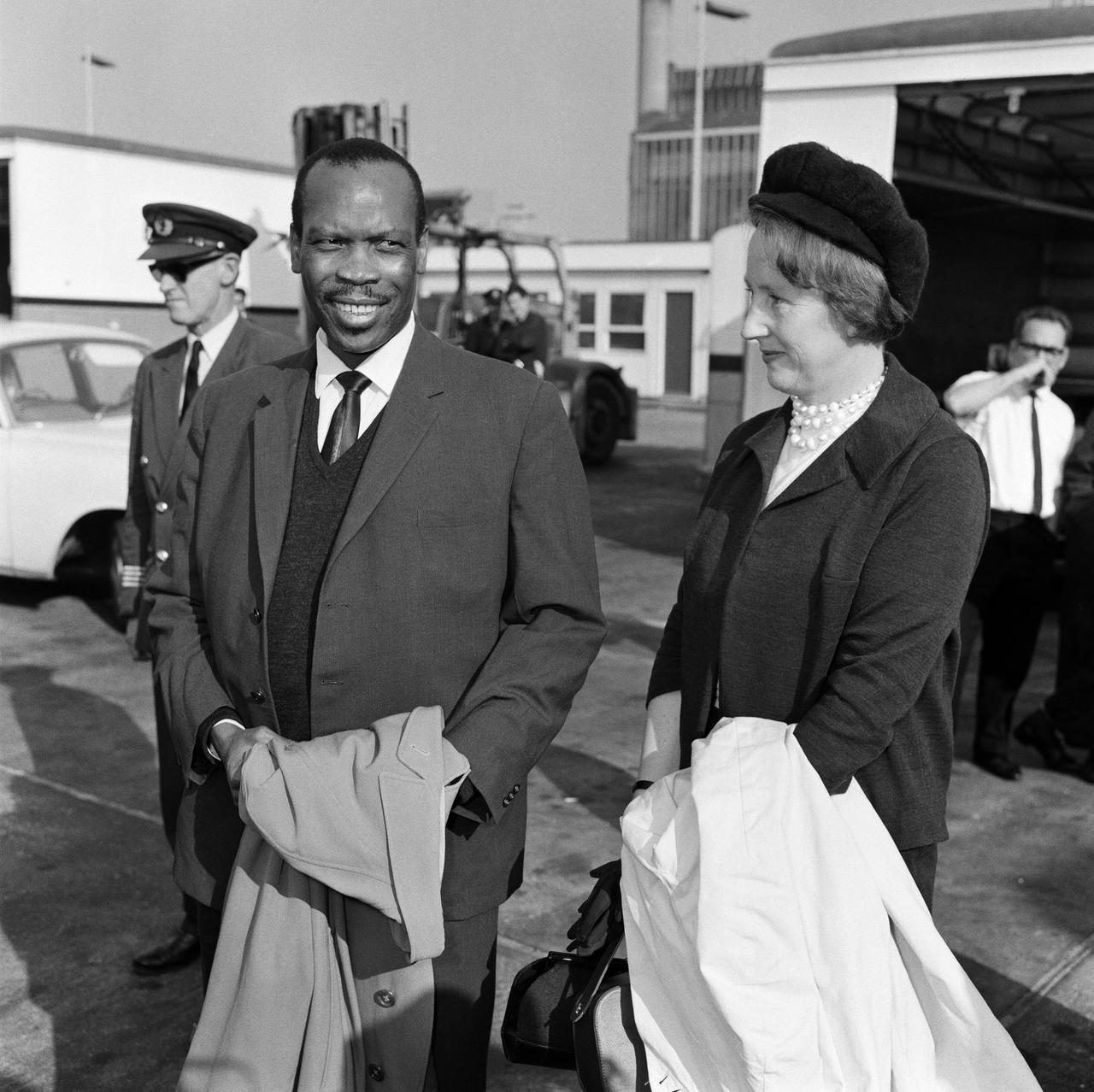
Seretse Khama, a Botswanan prince, had moved to London to train to be a lawyer when, in 1947, he met Ruth Williams. Ruth was an English bank clerk and the two bonded over a shared love of jazz before quickly falling in love. However, their interracial relationship caused controversy throughout England and an international incident with his homeland of Bechuanaland (now modern day Botswana).
When they announced their engagement in 1948, Ruth's father threw her out their house and Seretse's uncle was reported to say, "If he brings his white wife here, I will fight him to the death."
Seretse and Ruth were determined to marry and return to Bechuanaland to rule, but the South African government - who were imminently introducing apartheid - could not stand the idea of an interracial couple ruling a neighbouring country.
Bowing to pressure from South Africa, the British government tried to stop the marriage. As Anglicans, the couple wanted to marry in the Church of England but no priest was willing to marry them. The Bishop of London said he would if the government agreed but they didn't budge and the couple married at Kensington Register Office in September 1948, making front page news.
The couple returned to Bechuanaland so Seretse could claim the throne, but their arrival led to threats of invasion from neighbouring countries and a campaign by Seretse's uncle (the prince regent) to make him renounce his wife or the throne.
Still trying to appease South Africa, British officials called Seretse to London in 1950 where he was banned from returning to Bechuanaland. Ruth, who had given birth while Seretse was away, joined him in London and the couple were exiles from their country for eight years.
The couple were only allowed to return to Bechuanaland after the Bamangwato people, who Seretse was chief of, sent a telegram to Queen Elizabeth begging her to let him come home. Finally, they did, and Seretse eventually became the first president of an independent Botswana in 1966.
Despite media intrusion and heavy political pressure, Ruth and Seretse were determined to marry and remained loyal to each other until his death in 1980. With Ruth by his side, Seretse triumphed in earning independence for his country and together they left a legacy of peace.
The Daughters of the Windrush
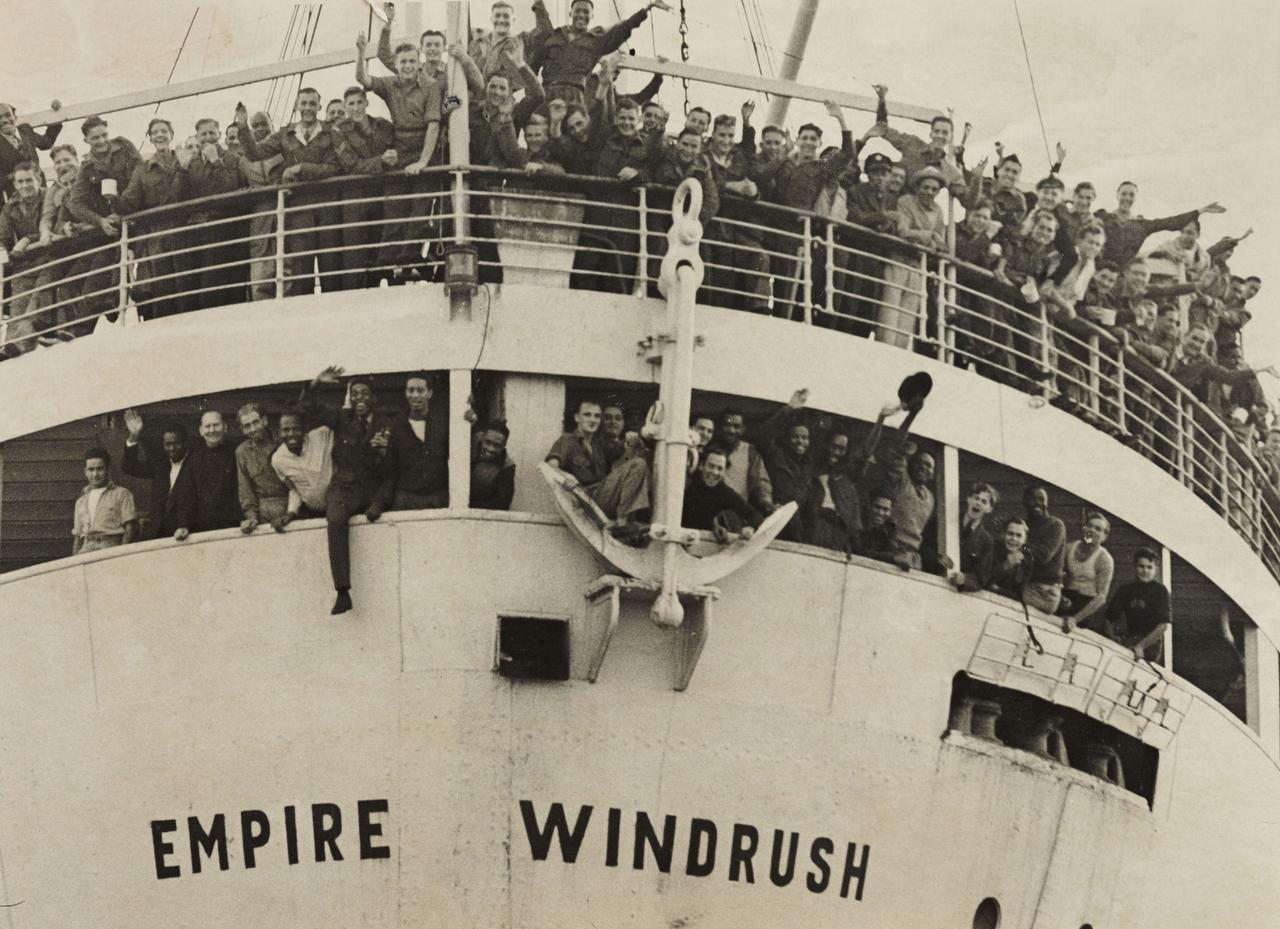
While not a wedding per se, the arrival of the Empire Windrush on 22nd June 1948 in Essex from the Caribbean changed interracial marriage in the UK. 500 migrants who had answered adverts to come to Britain to help rebuild after the war arrived on that first boat from Jamaica, and in total an estimated 500,000 people arrived between 1948 and 1971.
Their welcome was not a friendly one and they experienced racism and discrimination, even finding it hard to secure the jobs that they had been told were waiting for them. However, many of the men and women of the Windrush generation also fell in love with white Britons and built mixed-race families in many predominantly white neighbourhoods.
Together, these couples and their children would face racial prejudice but find their love prevailing against the odds. Today, the sons and daughters of the Windrush generation live in a very different world to their grandparents.
Today, the number of interethnic relationships stands at nearly 1 in 10 in England and Wales, a number that wouldn't be as high without the Windrush generation.
Emma McQuiston and Ceawlin Thynn, Marquess of Bath

Dido Elizabeth Belle, the illegitimate daughter of Black African slave called Maria Belle and British Naval Officer Sir John Lindsay, is widely considered to be the "first Black British Aristocrat". Born in 1761, she was brought to Kenwood House in North London at the age of six to be looked after by her father's uncle, the first Earl of Mansfield, after her mother's death. Despite being raised as part of the family, her exact position in Lord Mansfield's household is unclear. It actually took more than 250 more years for the first Black woman to marry into UK aristocracy and earn her own aristocratic title.
Emma McQuiston was the socialite daughter of a Nigerian oil billionaire Ladi Jadesimi and his English wife Suzanna. She made front page news in 2013 when she married Ceawlin Thynn, then Viscount Weymouth
When told about their engagement, Ceawlin claimed his mother replied, "Are you sure about what you're doing to 400 years of bloodline?". Her reported words sparked a race row that opened up conversations throughout the British public and aristocracy.
Emma told Tatler than she had experienced racism when she entered British aristocratic circles. "There has been some snobbishness, particularly among the older generation. There's class and then there's the racial thing," she said.
Their wedding was a watershed moment for Britain's aristocracy and transformative for the family. Ceawlin's mother Anna was banned from the wedding, while his father, Lord Bath, boycotted the event due to an argument over erotic art on the walls of the family home of Longleat. Instead, Emma's father Ladi gave her away in a striped agbada from his native Nigeria.
Their marriage both modernised the British aristocracy and cemented Emma's pioneering role as the first Black marchioness in Britain.
The couple have two children, John and Henry, and upon Ceawlin's death, John will become the UK's first marquess of colour.
Prince Harry and Meghan Markle
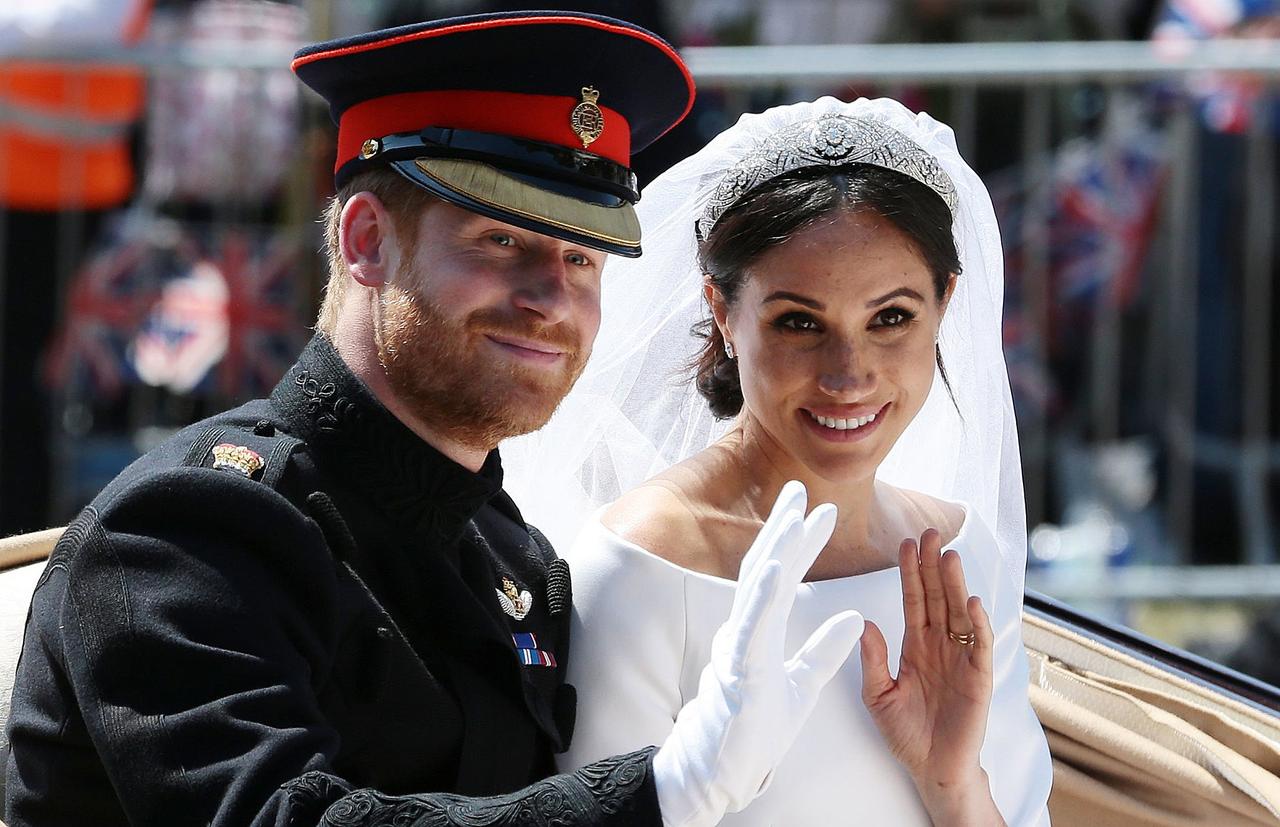
As soon as Bridgerton hit our TV screens, viewers were asking whether the representation of Black members of the upper class was accurate, especially a Black queen.
Indeed, there has long been speculation that Queen Charlotte, the wife of King George III, had African heritage. She was reportedly descended from a Black branch of the Portuguese royal family, meaning there's Black heritage in the whole of the British Royal Family. However, because it can't be confirmed, Meghan Markle took the title of the first British Royal of Colour when she married Prince Harry in 2018.
Their nuptials turned Royal wedding tradition on its head. Meghan was Catholic, divorced, American and a woman of colour. Unfortunately, the couple encountered racist reactions to their union, but their marriage marked a significant moment in royal history and a leap forward in the representation of a multicultural society among the ruling family.
Even though Harry and Meghan have renounced their titles, their wedding was a pivotal moment in British history and opened the doors for major race conversations. Their union will pave the way for future interracial marriages in the Royal Family.
You can watch Hitched's Black History Month webinar exploring what it's like to be a Black wedding supplier in the industry today on our YouTube page here.

